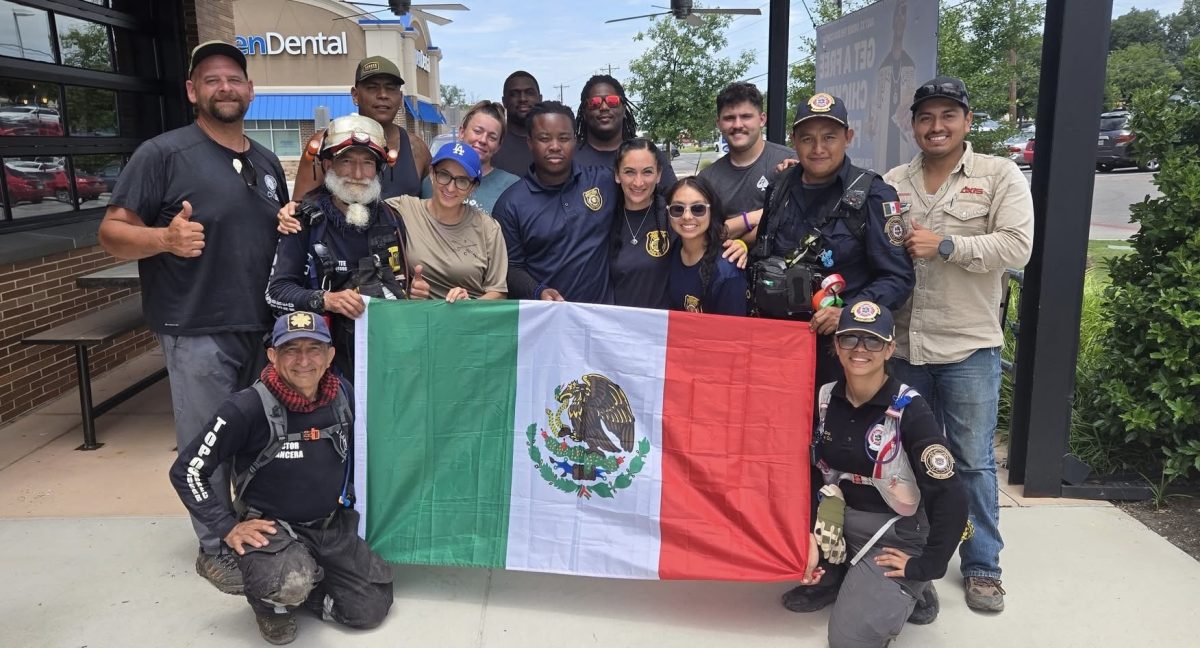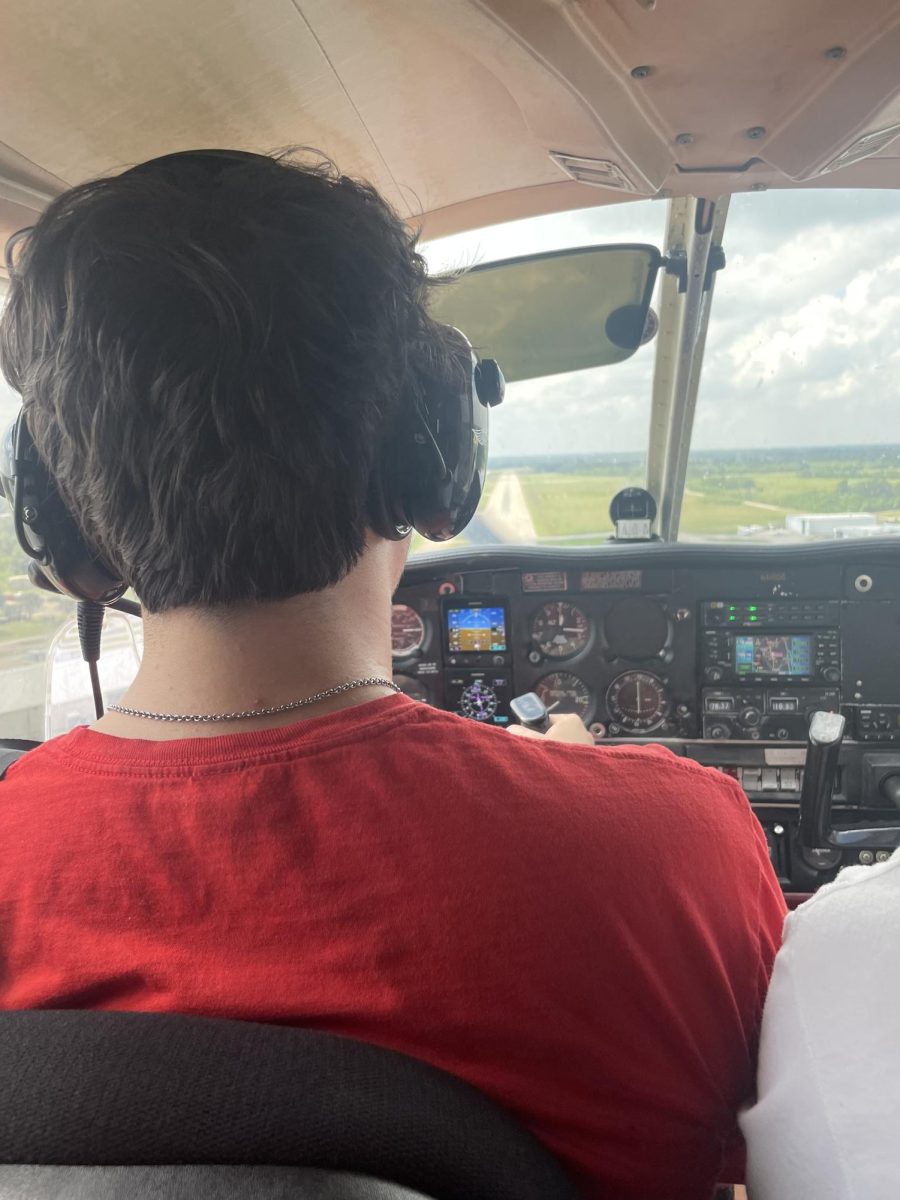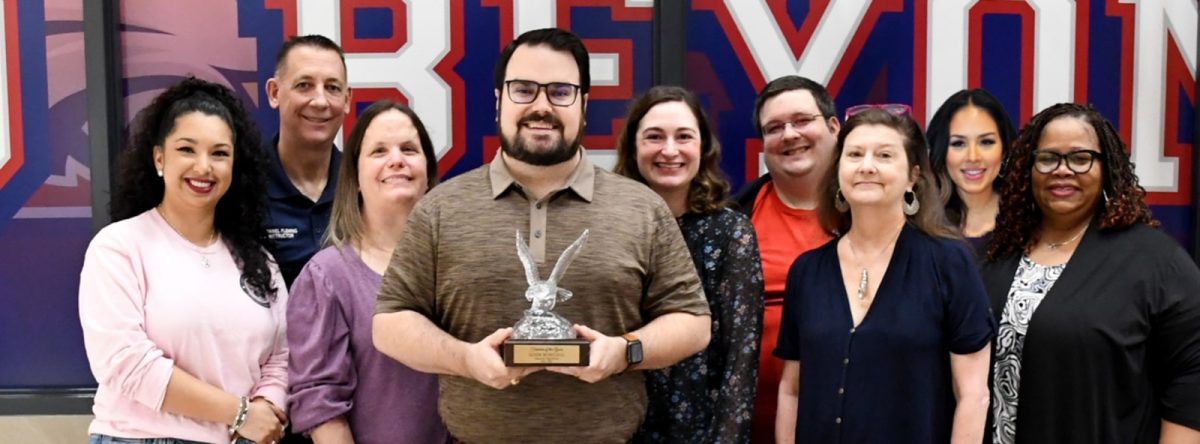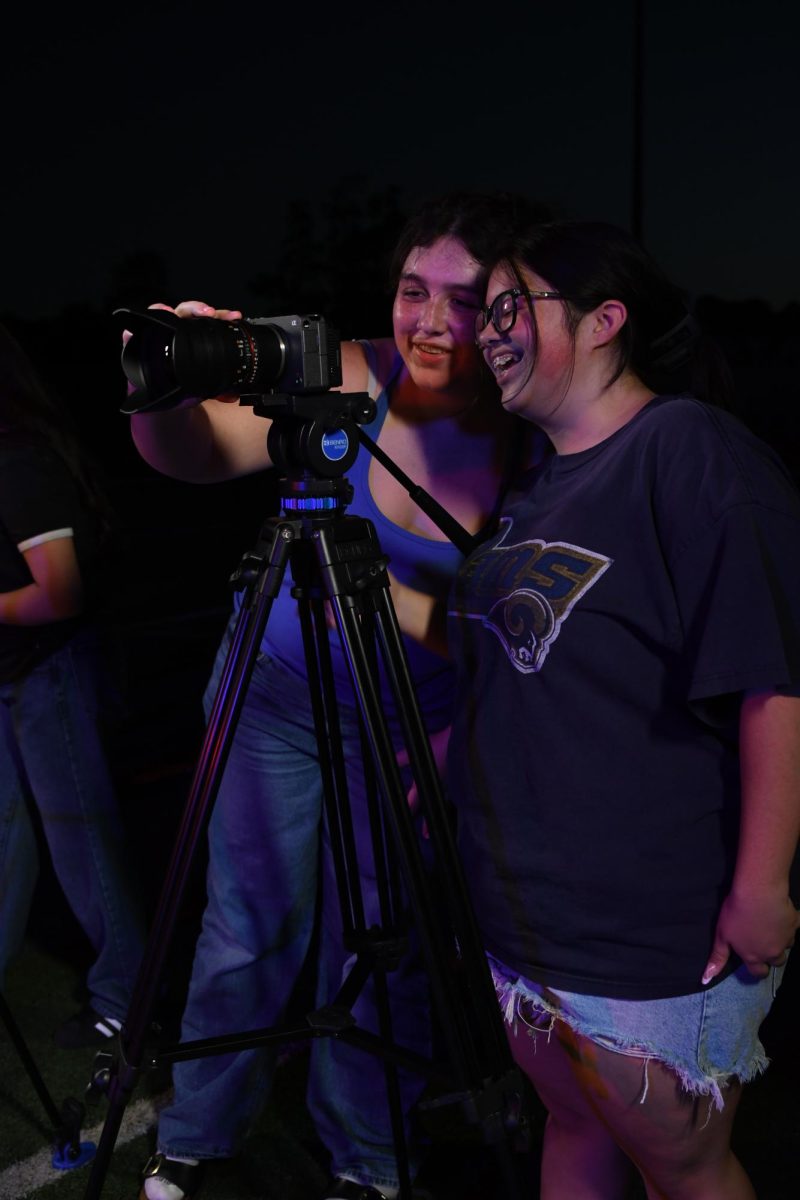Clear sky, with a little bit of rain. In just 45 minutes, though, what was thought to be a thunderstorm turned into both the deadliest natural disaster and the most inspiring feat of resilience in Kerrville history.
While on an out-of-state vacation, Unmanned Aerial Vehicle (UAV)/Aerospace teacher Harvey Paneitz received news there was an ongoing flood in Kerr County, about four hours away from Atascocita. With no hesitation, Paneitz packed up and headed to Kerrville.
“I was camping in New Mexico at the time and I saw it on the news,” Paneitz said. “I told my daughter: ‘time to pack up and head back to Texas. There are some people that need our help.’”
Paneitz knew he had skills needed by Kerrville, including his scuba diving skills. Though he’s been a certified scuba diver for 15 years, he’s been practicing scuba diving for over 20 years.
“There’s something surreal about being underwater with marine life,” Paneitz said. “It’s quiet. As a teacher, we’re constantly surrounded by stimulation, light, people [and] sounds. When you go into water, it’s the most peaceful thing you could possibly experience, and it’s impossible for anybody to interrupt your thoughts.”
Due to his experience in both scuba diving and drones, this is not the first encounter Paneitz has had with disaster relief, with his first time dating back to 2018, when he helped with relief for the Frio River flood in Concan, Texas, with flood waters reaching 12-foot peaks.
“The Concan Frio flood gave me a lot of experience, but [so did] my classroom,” Paneitz said. “I teach kids search and rescue drone skills, so that was very helpful to me whenever I was actually there and needed to use my drone to look for people. [Everything] we’re doing in this classroom has all contributed.”
The flooding began on July 4, when Kerrville received 10-12 inches of rain in a matter of hours. In less than an hour, the Guadalupe River rose 26 feet, initially killing dozens of people.
“I thought: ‘these people really need some help,’” Paneitz said. “‘I have the drone skills, I have the drone, I have the scuba skills, I have the search and rescue skills. I have all these things, and I have some resources available. I need to get down [there] as fast as I can.’”
Paneitz immediately traveled to Houston to grab his equipment and go to Kerrville. He got there July 7, and stayed for three and a half weeks.
“There was hardly anybody that was certified to be able to have the proper training and certifications to be able to go underwater,” Paneitz said. “Nobody had the equipment to go into the water. It was difficult and required extreme technical skills to be able to keep [yourself and others] safe.”
According to divers, visibility in the Guadalupe River was nonexistent, with only about five inches of water being visible when submerged. There are at least 135 confirmed deaths as a result of the flood so far.
“When all those people got washed away in Kerrville, there came a certain point where we weren’t finding people on the land anymore,” Paneitz said. “It was inevitable that we were going to have to start doing a better job looking underwater. I wish that it would have been more rescue than recovery, but it did not turn out to be that way for me.”
Even through the midst of tragedy, though, Paneitz saw first-hand the unwavering sense of community Kerrville had established.
“On my first day there, I was going to pitch a tent on the side of the river and just start working out of it,” Paneitz said. “While I was [donating to a woman] at a restaurant, this gentleman heard me talking. He said: ‘you’re not going to come to my community and help us and then stay in a tent. I have a bedroom, you come stay with me.’”
Additionally, Paneitz was offered multiple family dinners and was even gifted over $7,000 worth of new scuba diving gear.
“To the degree of tragedy was also to the degree of love at the same time,” Paneitz said. “Being in Kerrville during that time was really this fever dream of highs and lows. There was amazing love and support, while at the same time, you looked over your shoulder and there was so much devastation.”
Though Kerrville is beginning to physically heal, Paneitz believes it will take longer to mentally heal.
“Kerville’s recovering, but I’m not sure it’ll really be ever said that it’s fully recovered,” Paneitz said. “The scar will always be there. Still, they want to recover and they want to get through this.”
There were over 12,000 recorded volunteers that traveled to help with the flood, which is about half of Kerrville’s population.
“If you’re in a situation where people need your help and you have the ability to help: do something,” Paneitz said. “Donate, give, lend a hand, drive up there and grab a hotel room and help out. If we all acted like this, can you imagine what this world would be like?”





